
The headline might sound a bit counter intuitive, but there’s sense in the madness. It’s still cold, we’re just (in the northern hemisphere) heading into spring. The water warms up slowly and fish can still hold deep, close to the bottom.

The headline might sound a bit counter intuitive, but there’s sense in the madness. It’s still cold, we’re just (in the northern hemisphere) heading into spring. The water warms up slowly and fish can still hold deep, close to the bottom.
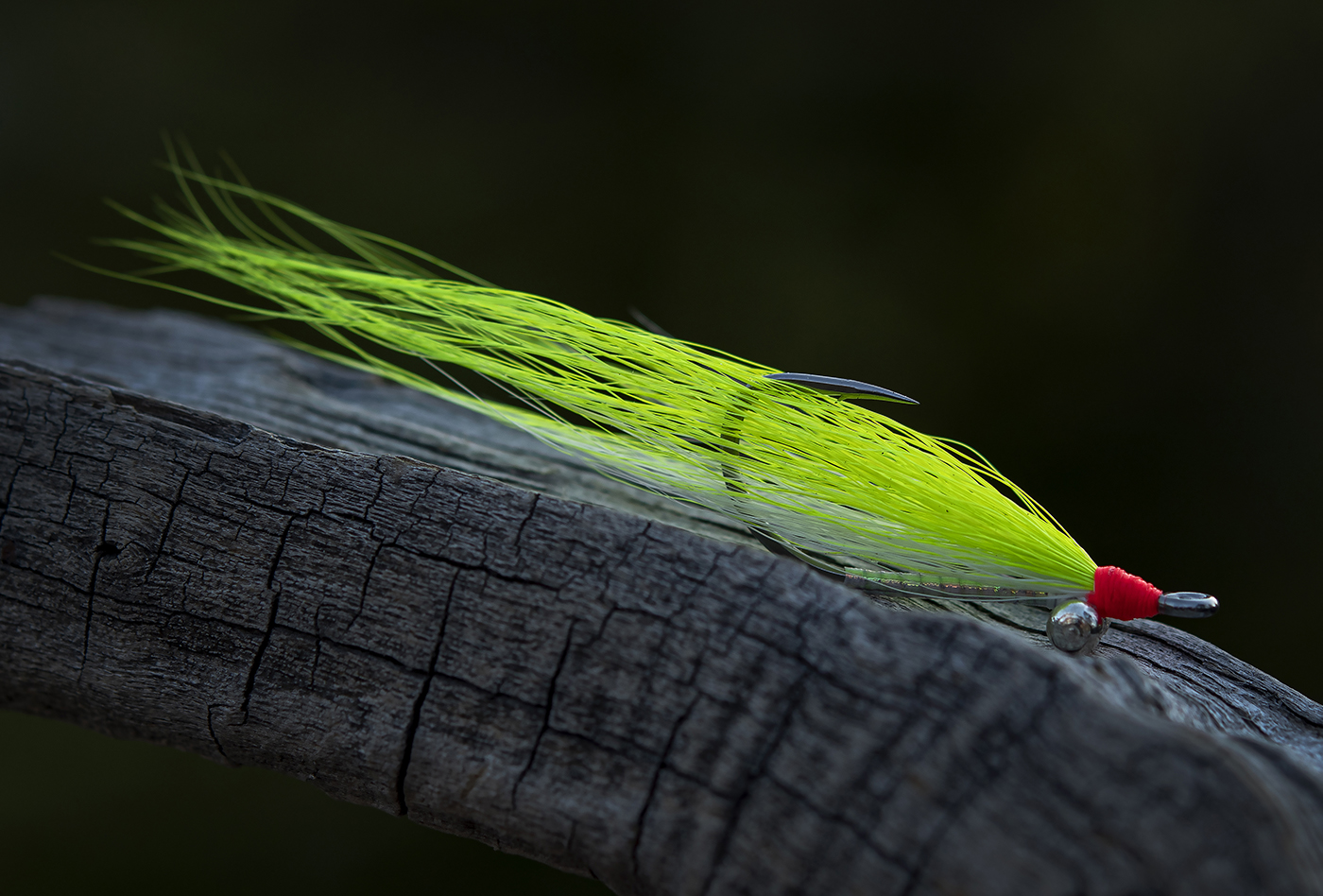
Chartreuse Pillow Talk by Hanna B. Vestergaard
In any type of fly, for any kind of species, during most of the season, you can encounter conditions, where it’s highly advantageous (some essentially necessary) to do whatever you can to avoid snagging on weed. Simply in order to be able to move your fly through the water. There are several ways of negotiating the challenge – and only one to avoid it totally, which is to stay home. But – that’s not why we’re fishing, so let’s take a look at some of the options and their advantages and drawbacks.
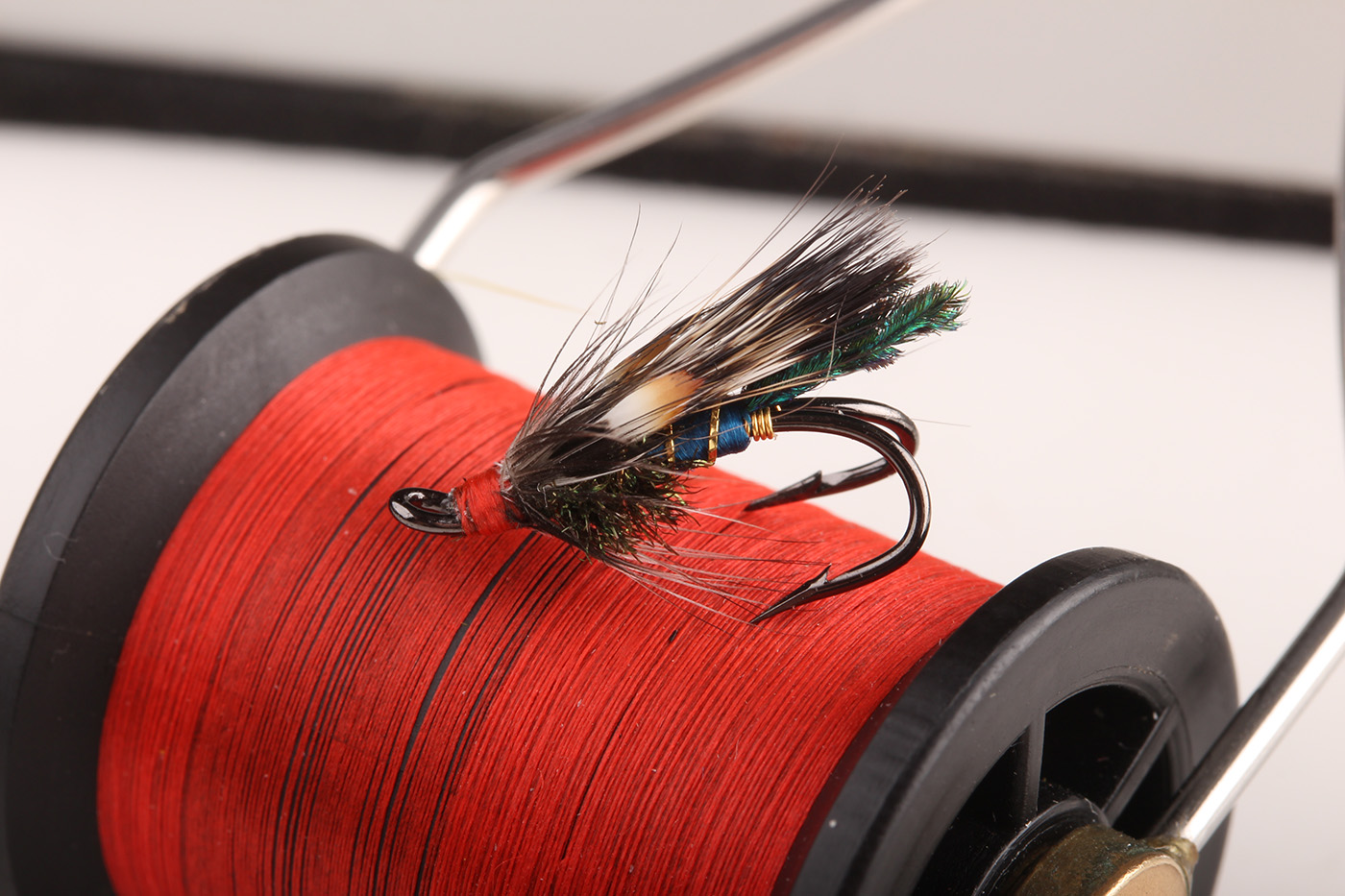
Not the vermin – the fly series. The RAT-series are famous flies, swung for salmon all over the world. They are usually tied on double hooks (but singles do just as well) and rarely in huge sizes – in part due to the tradition wing material, which is grey fox.
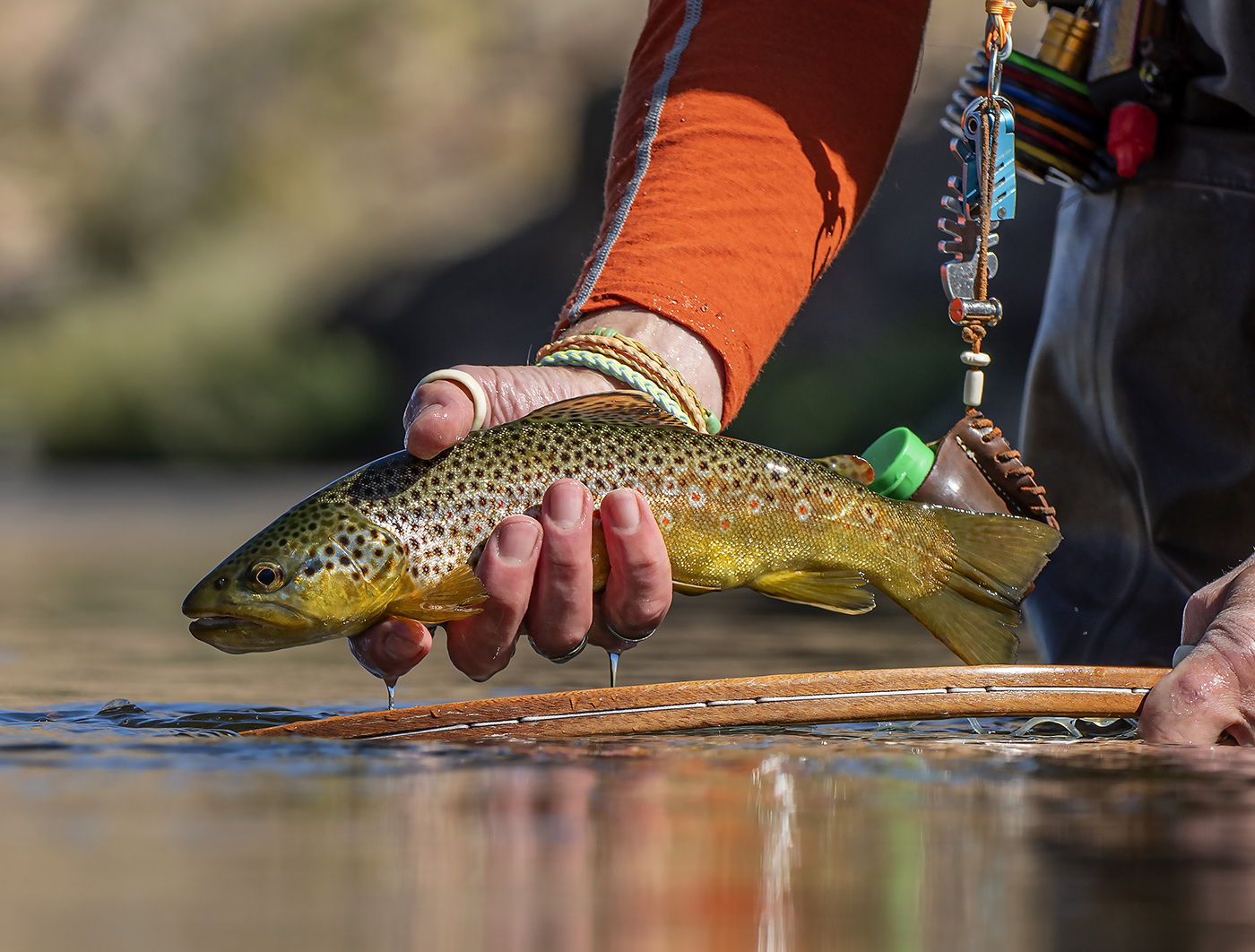
Henry’s Fork – a name, a place that should ring a bell or two in all trout fly fishers. A famous spring creek in Idaho, closely associated with trout, massive hatches, dry fly fishing and one name in particular. A legendary fly fisher, fly tier, fly fishing guide, hunting guide, tv personality and several flies to his name – and of course that hat. Mike Lawson.
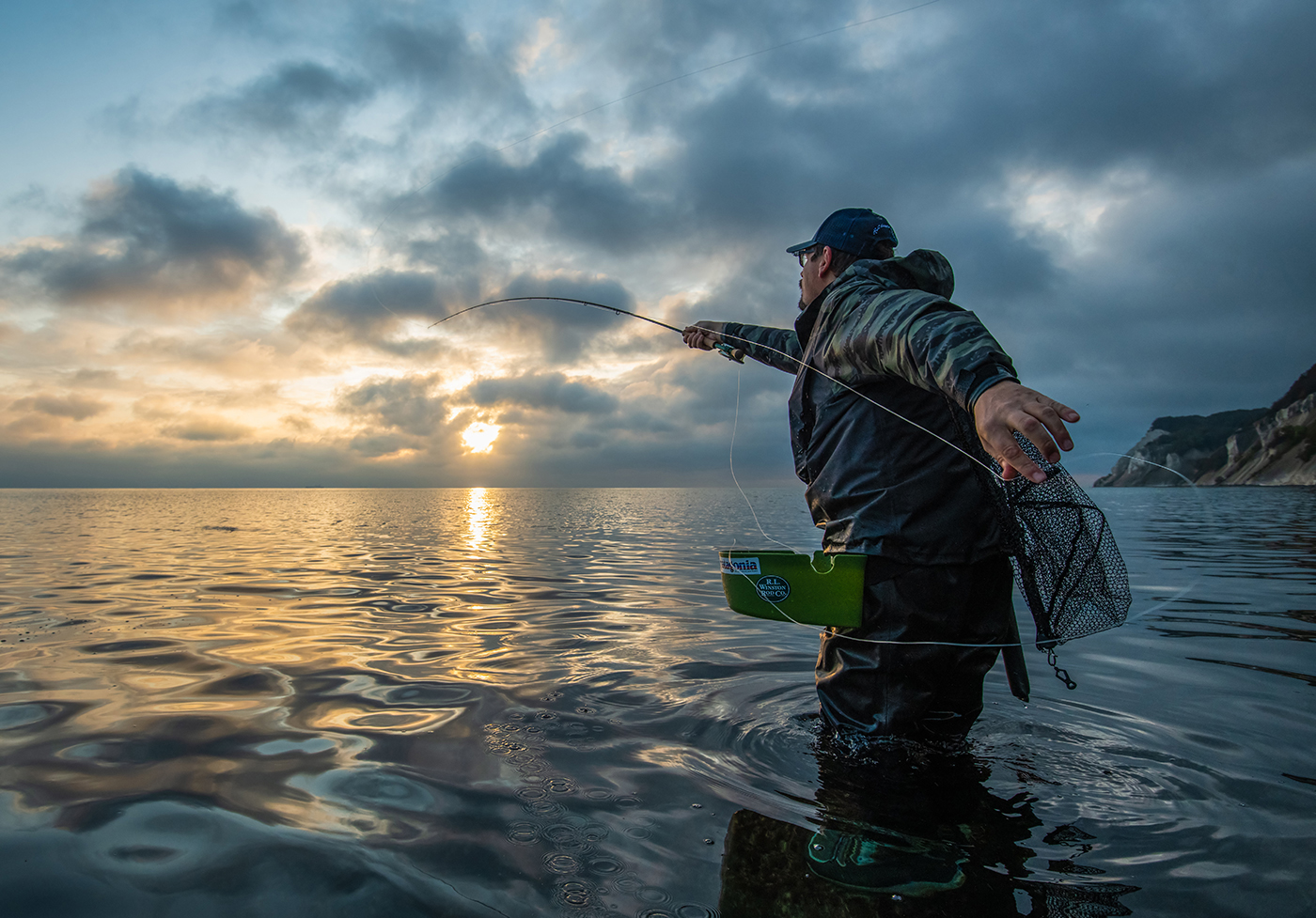
Ole Martin, often called Mr. Møn, has often talked about the island of Møn, situated in the south eastern part of Sjælland (Denmark). The high cliffs and the beaches are beautiful and there’s excellent fishing. Having seen pictures and film from Møn, I had to go. I was dreaming about big, silvery sea trout, but I also had work to do, taking photos and writing, which was taking its toll on my fly fishing dreams.
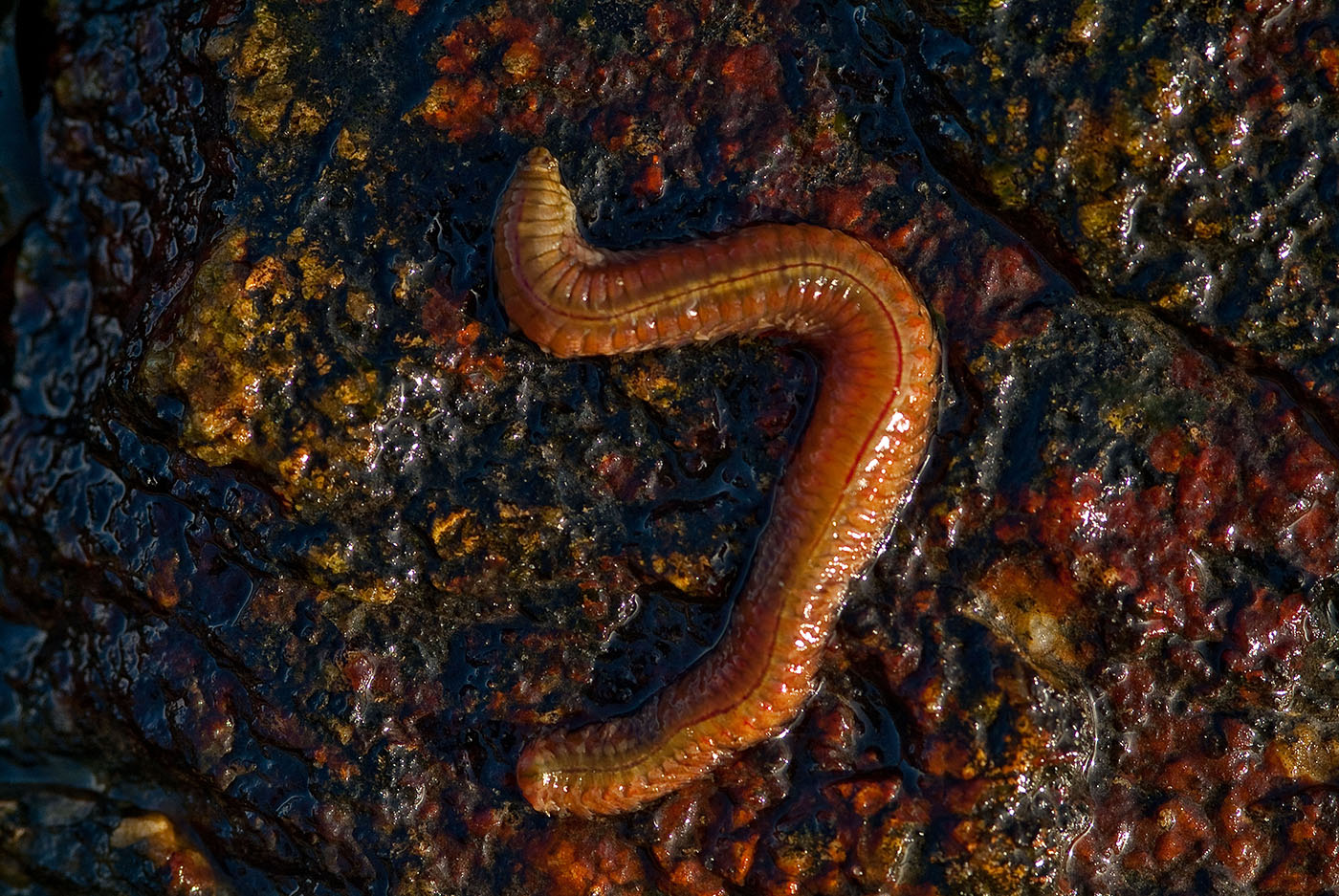
A real “trout-snack” – photo: Henrik Kure Nielsen.
They are big, they can bite you, some find them quite unappealing and yet, the first big hatches of bag worms are the events all saltwater fiy fishers in Scandinavia look forwards to. There are many, many different species in different sizes and colours, but the sea trout aren’t picky – they eat them all.
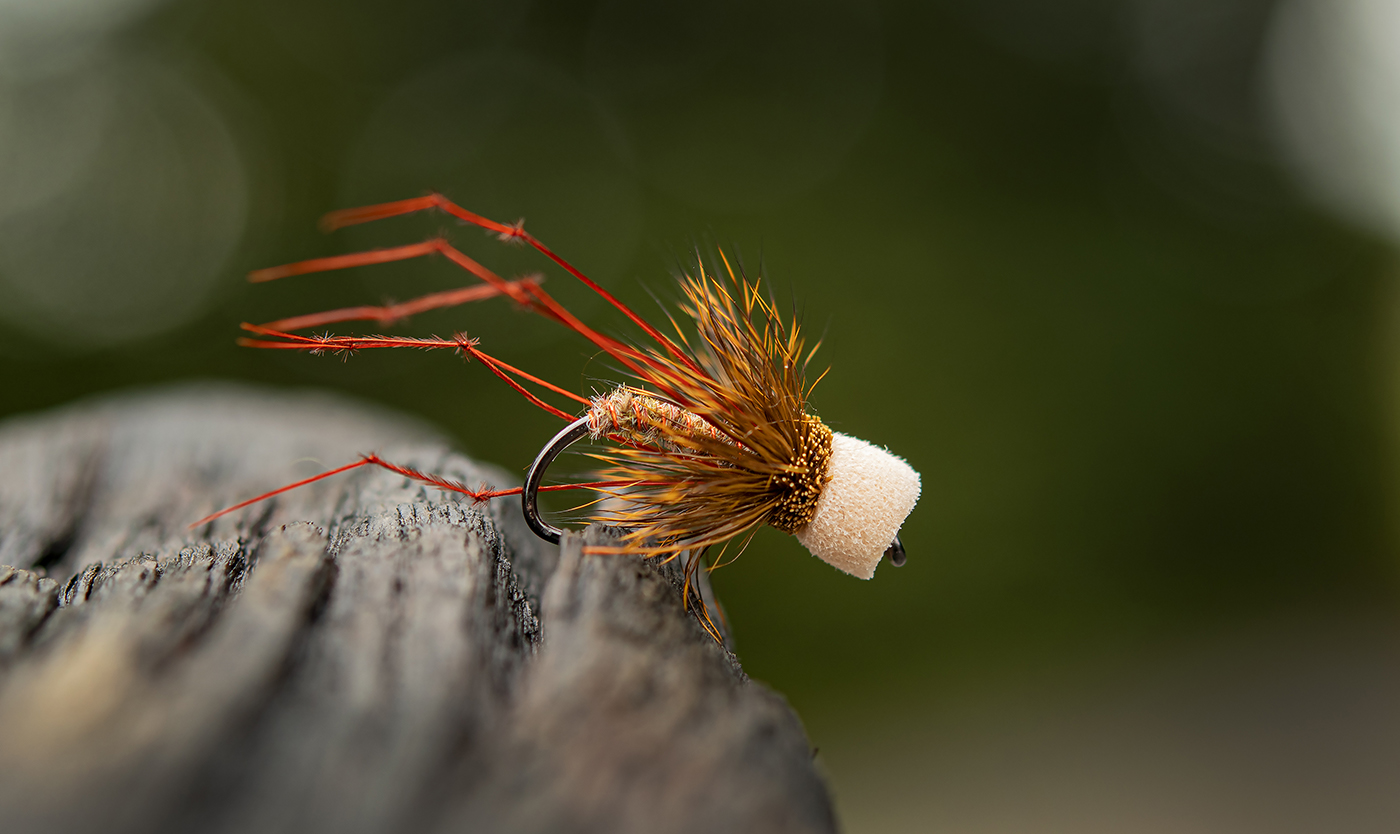
There are so many new and exciting flies to try, and many of them you discover in the most unexpected way. That is especially true if we as fly fishers and fly tiers are open to new ideas and think outside the (fly)box.
One of the innovative and very creative fly tiers out there is our friend Brian Ratcliff from England. Among all the flies he’s sent us, especially one pattern caught our attention a little bit more than the rest and we were curious how Brian fishes this fly and how it came about.
Continue reading “Old Man’s Earplug Daddy Muddler by Brian Ratcliff”

Staffan Lindström, Henrik Leth and Danish split cane rod, building legend, Bjarne Fries, photographed at Rena Fiske Camp.
Another of the great. Scandinavian fly fishers is no longer among us. On the morning of January 17th, Staffan Lindström passed away. Not long ago he was diagnosed with cancer to which he finally succumbed. Staffan was an innovator, an excellent caster and fisherman, trout bum, outdoors man in the word’s truest meaning and a giving person.
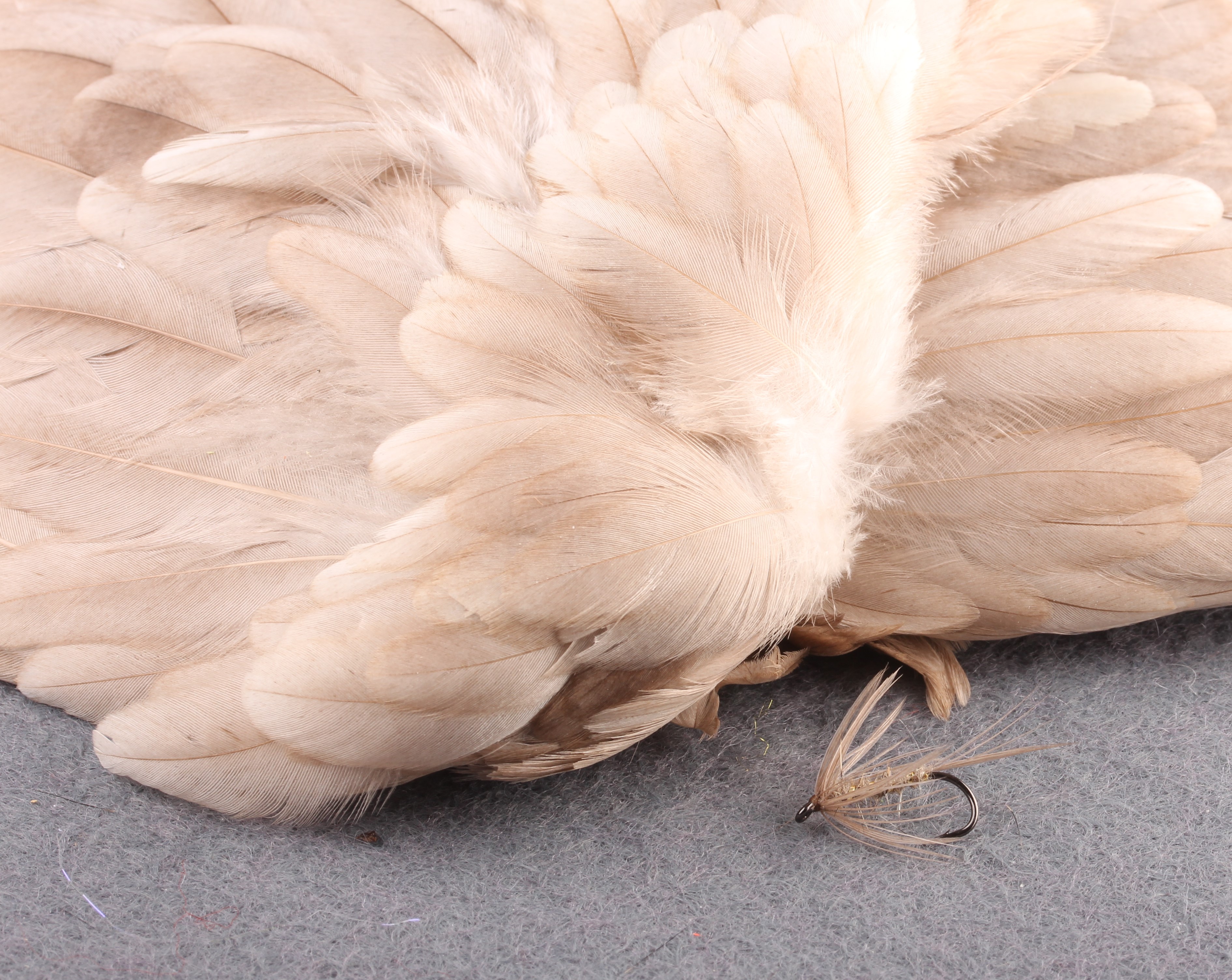
Soft hackle flies are some of the most universal and, for me at least, some of the most important in my trout/grayling flyboxes. I fish them as teams of two in the rivers and I often use them as droppers in stillwater. While the old, English masters of the tradition actually were quite specific on which insects their dressings imitate, they are often good year round.
Continue reading “Soft Hackle Flies – The Swedish Tradition”
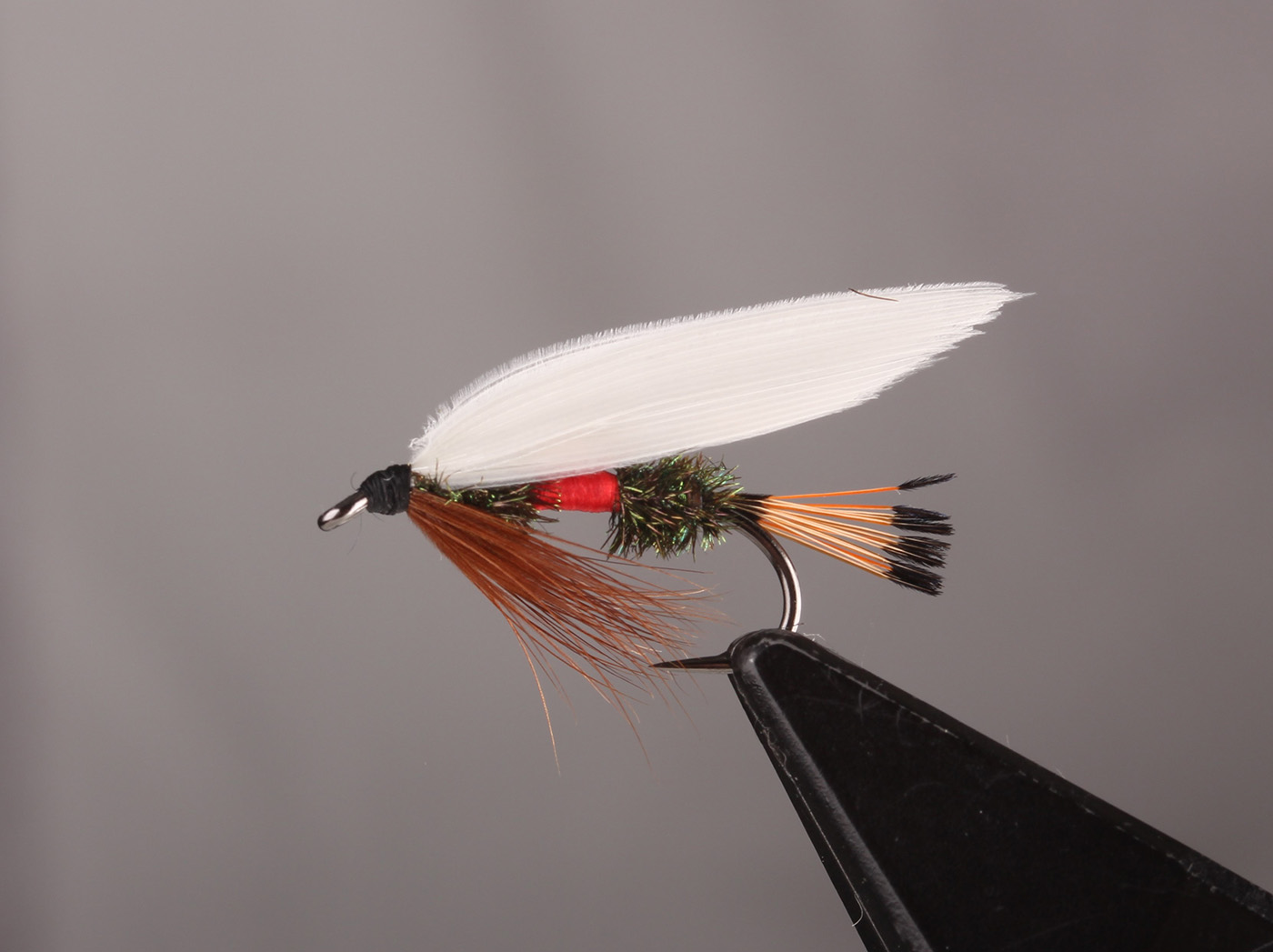
Another of those quintessential flies that embody everything that most people think of when thinking of “a fly”. While the classic Coachman is quite beautiful in its simplicity, the Royal Coachman is a bit more flashy and striking with its dash of red between the peacock herl parts.